Science
NASA Lunar Reconnaissance Orbiter Expected To Capture Vikram Lander

Can we expect good news today regarding Vikram Lander? NASA’s Lunar Reconnaissance Orbiter is scheduled to fly over the landing site of the Vikram Lander. The Orbiter will capture images and forward them to the ISRO for analysis. The Orbiter will fly over the area where the Vikram had crash landed on September 7 during the final descent stage.
It’s been over 10 days since the Vikram Lander disappeared on the moon during the descent of Chandrayaan 2 mission. The ISRO’s lunar Orbiter, that was bundled with Chandrayaan-2 took a snapshot of the landing site. However, the Indian space agency failed to ignite the lander.
The ISRO team is unable to establish connectivity with the lander via the mission center. We don’t have any information as to when the lunar orbiter will fly over the lander’s site on the moon.
NASA is also deeply involved in finding out the reason behind the failure of the prestigious Chandrayaan-2. It is to be noted that NASA had managed to fire few radio signals to the Vikram lander but they are unable to establish communication.
The images expected to be captured by the NASA orbiter will establish the fate of the lander. There are reports that the lander is lying on the moon’s surface but in a tilted position. The problem is with the gradual fading of the sunlight in the area where Vikram has landed. There is a possibility that the images captured by NASA will be blurred.
If you are unaware, NASA’s LRO also managed to collect vital data during the descent phase of the Chandrayaan-2 lander. The main aim was to study the changes that occur to the Moon’s atmosphere as a result of the high powered propellent during the descent of the Vikram lander. The US-based space agency had revealed that the LAMP instrument observed considerable changes in the exosphere as a result of the fuel.
NASA’s Lunar Reconnaissance Orbiter was launched in 2009 mainly to map the lunar surface. The purpose was to identify potential sites for upcoming landing missions including manned missions.
We would suggest that ISRO should also launch similar Orbiter to study the surface of the moon. This will help them to identify locations for locations instead of trial and error. The failure of the Vikram lander to land properly is considered as a setback for the future ISRo missions.
The ISRO chairman K. Sivan ruled out such a possibility. He added that the mission had completed 95 percent of the objectives. The Pragyan rover also located inside the lander and will render unusable after September 21 when the one lunar day ends.
I am taking my blog to the next level with blogchatter’s #MyFriendAlexa
Science
ISRO releases first illuminated image captured by Chandrayaan-2 Imaging Infrared Spectrometer
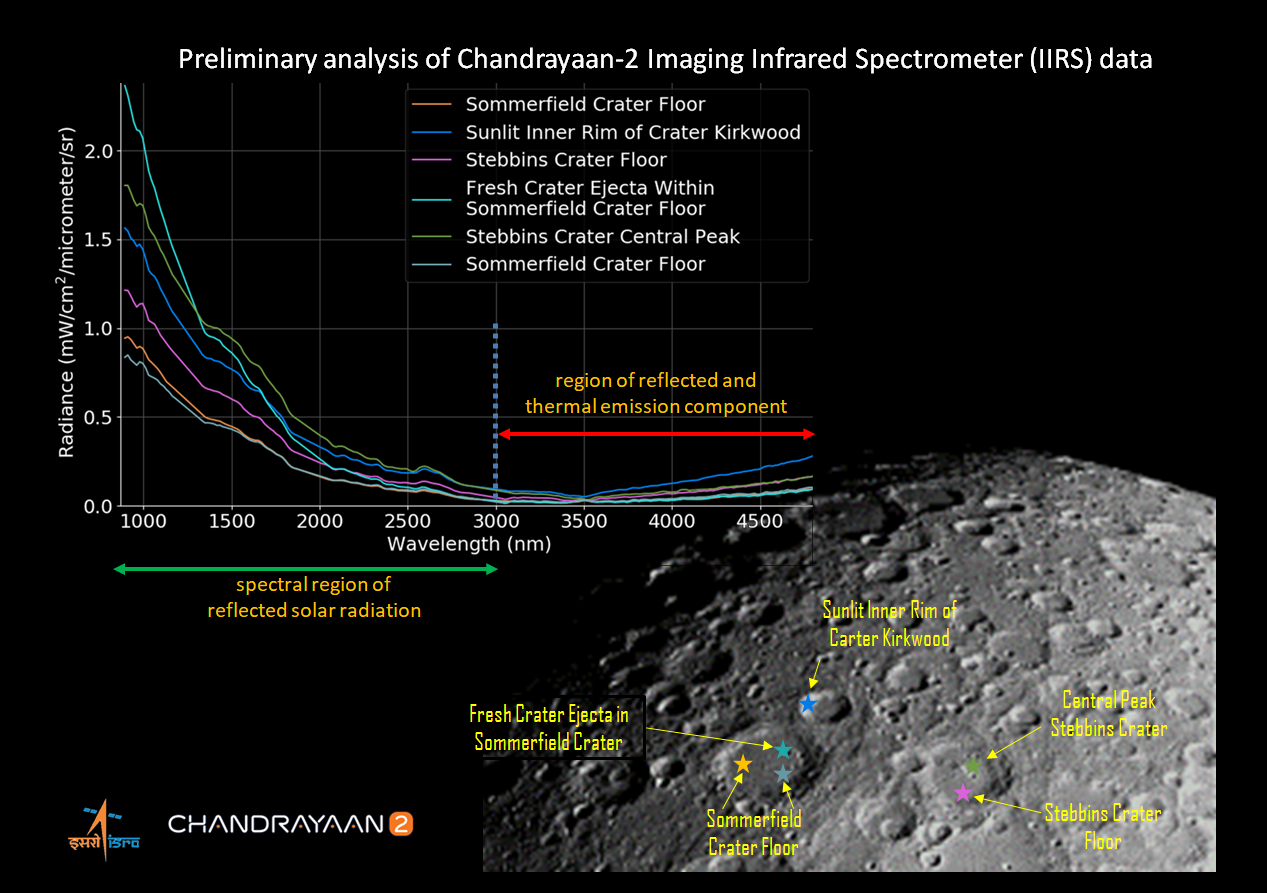
The Imaging Infrared Spectrometer (IIRS) integrated with the Chandrayaan-2 is designed to measure the reflected sunlight. The IIRS is designed to emit part of Moonlight from the lunar surface in narrow including contiguous spectral channels (bands) ranging from ~800 – 5000 nanometer (0.8-5.0 micrometer (µm)).
The Imaging Infrared Spectrometer makes use of grating to split and disperse the reflected sunlight (and emitted component) into different spectral bands. The main purpose of the IIRS is to understand the origin and evolution of the Moon in a geologic context by mapping the lunar surface mineral alongside volatile composition using signatures in the reflected solar spectrum.
ISRO has released the first illuminated image of the lunar surface as captured by the IIRS. The image shows part of the lunar farside in the northern hemisphere. You will be able to view few prominent craters such as (Sommerfield, Stebbins, and Kirkwood from the image released by the ISRO.
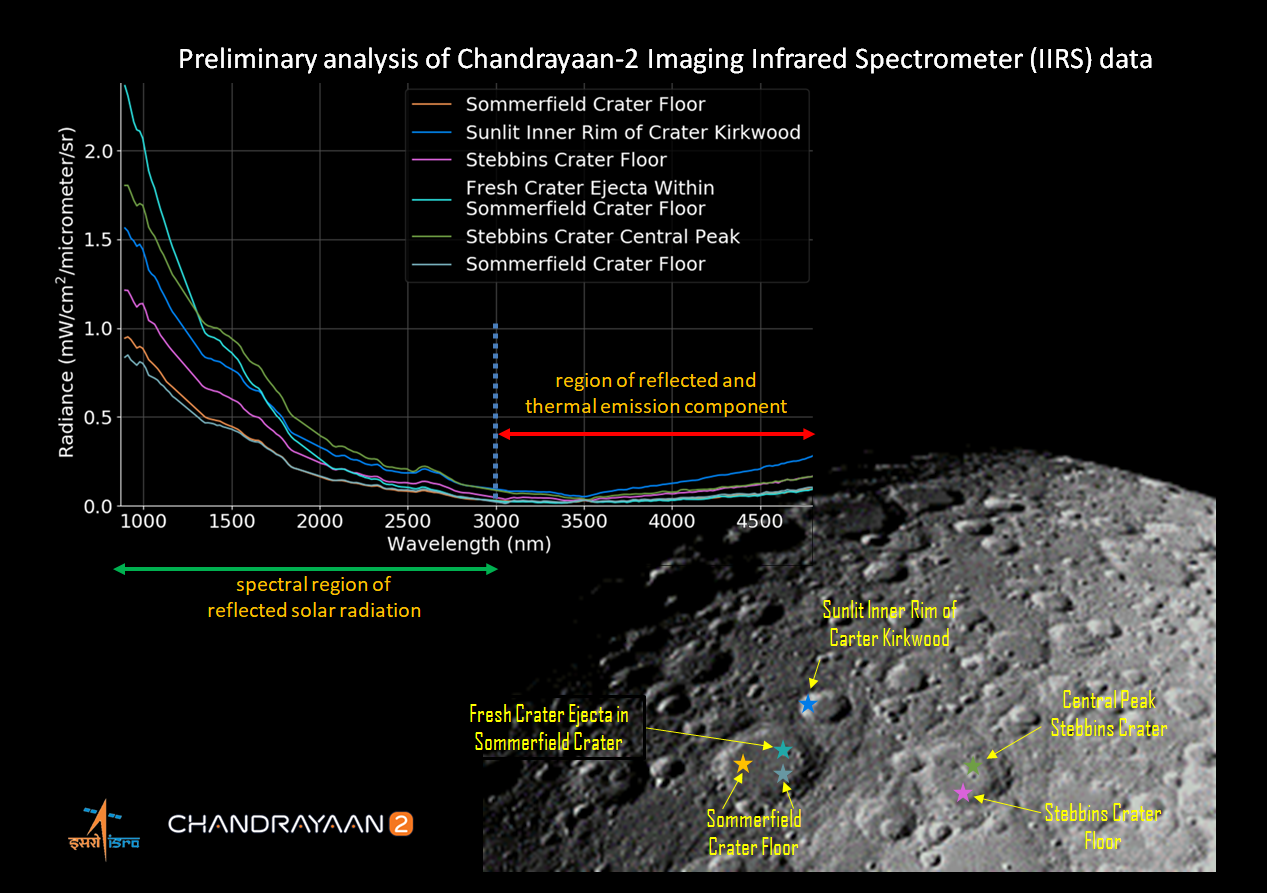
According to reports, the IIRS could successfully measure the variations in the reflected solar radiation that bounces off the lunar surface from different kinds of surface types such as crater central peaks, crater floors. The IIRS could also view fresh reworked ejecta associated with small craterlets within the crater floor of a large crater in addition to the sun-illuminated inner rims of craters.
The variations in the spectral radiance are primarily due to the mineralogical and compositional variations that exist in the lunar surface. It is also due to the effect of space weathering.
Science
ISRO Releases Chandrayaan 2 Orbiter High Resolution Camera Images

ISRO has released the images captured by the Orbiter High Resolution Camera (OHRC) included with the Chandrayaan2’s Orbiter. According to ISRO sources, the camera offers the highest megapixel ever launched any moon mission. The images expose the surface of the moon with craters.
#ISRO
Have a look at the images taken by #Chandrayaan2‘s Orbiter High Resolution Camera (OHRC).
For more images please visit https://t.co/YBjRO1kTcL pic.twitter.com/K4INnWKbaM— ISRO (@isro) October 4, 2019
The Orbiter High Resolution Camera (OHRC) bundled with Chandrayaan-2 provides very high spatial resolution images of the moon. The Orbiter operates in the visible Panchromatic band between 450nm to 800nm. The space agency will be able to capture the sharpest images with a spatial resolution of 25 cm from a 100 km orbit.

In a statement released to the press, the ISRo revealed that the OHRC images were acquired at 4.38 IST on September 5 from 100km altitude. The image covered a part of BOGUSLAWSKY E Crater and surroundings located in the southern polar area of the moon.
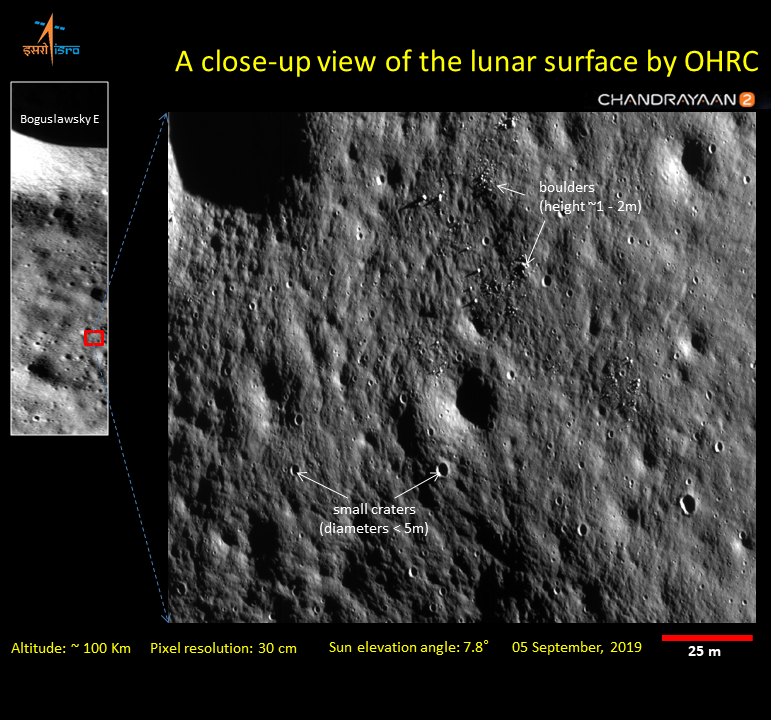
ISRO lifted off the prestigious Chandrayaan-2 moon mission with great expectations. The whole mission lasted over two months with several manovures. This includes separation of the orbiter with Vikram Lander. The Pragyan Rover was embedded inside the lander.
The whole Chandrayaan-2 mission was programmed in such a way that the rover enters the surface of the moon after the completion of the Vikram Lander touch down. If you follow ISRO launch missions, you will never forget September 7 because it is on this day that the lander was supposed to touch down on the moon.
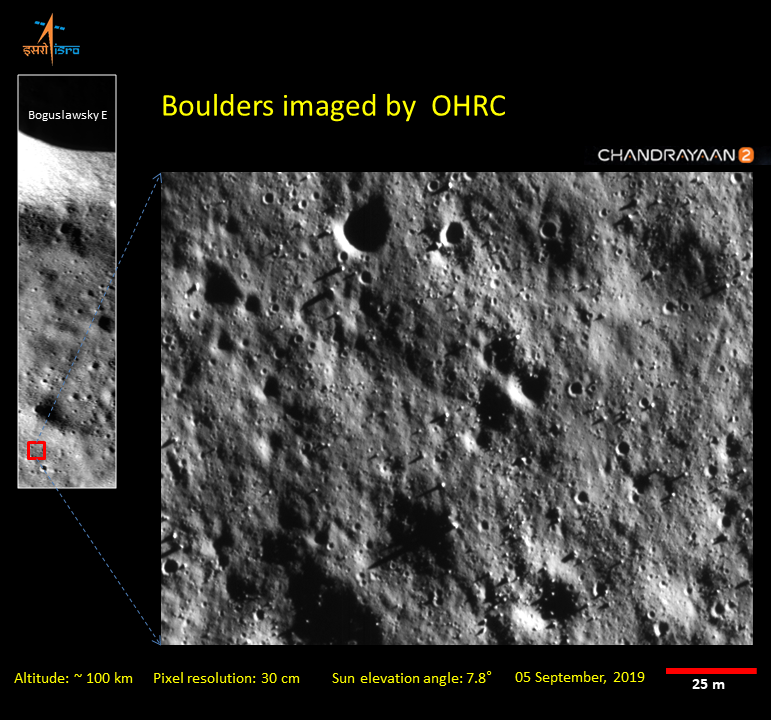
Prime Minister Narendra Modi was present at the mission control center to watch the golden moment. However, the expectations and happiness lasted only a few minutes because the lander disappeared just five minutes before the scheduled touchdown. Even though the whole mission was going as planned, the problem occurred during the descent stage when the lander reportedly lost control and fell on the surface of the moon.
ISRO had lost Vikram Lander and Paragtyan Rover embedded inside it. However, the orbiter bundled with the Chandrayaan-2 mission is still working perfectly. The interesting fact is that the Orbiter has got an overall lifespan of 7 years, which is sufficient to study the various factors on the moon.
Science
NASA confirms hard landing of Vikram Lander on the moon
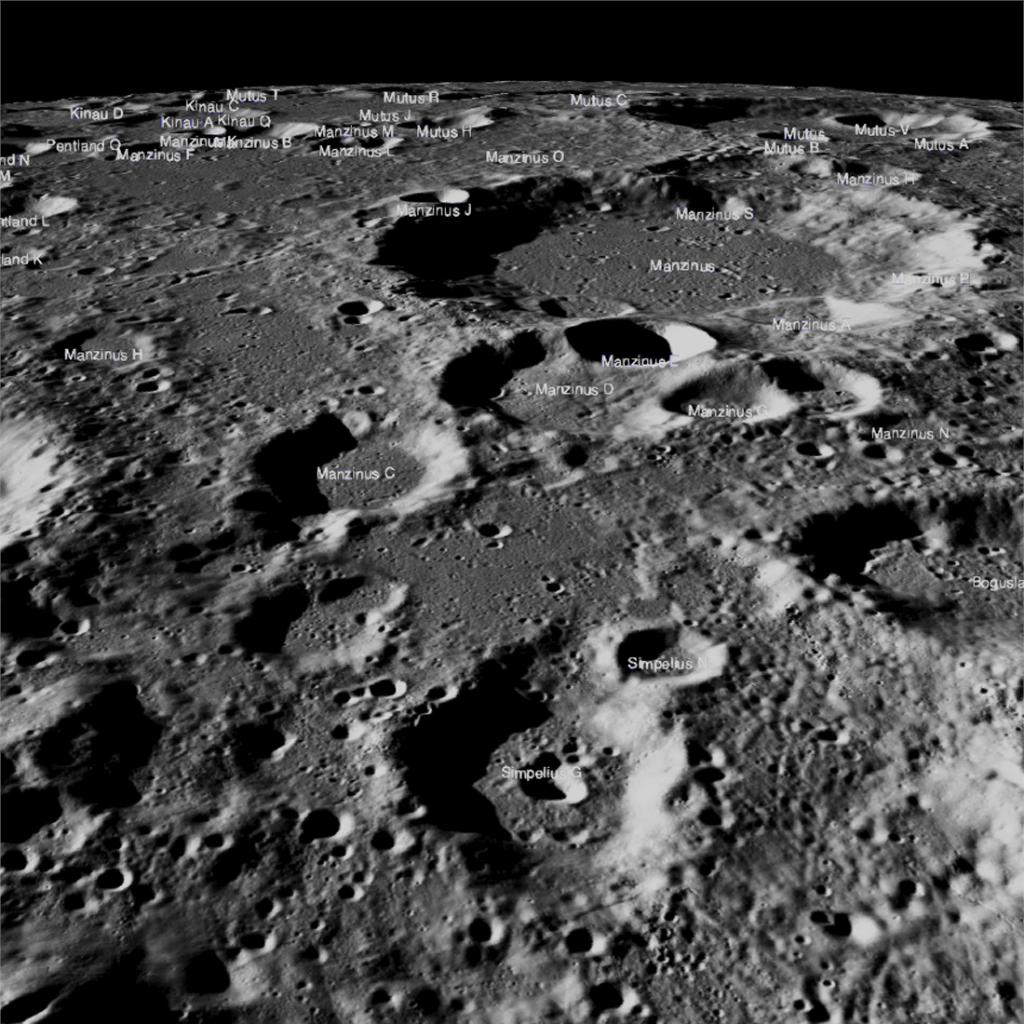
The fate of Vikram Lander, which was accompanied along with the ambitious Chandrayaan-2 is still in question. NASA took to Twitter and revealed that their orbiter failed to detect the lander on the surface of the moon. However, the US-based space agency managed to capture the site on the moon where the lander is supposed to soft land.
Our @LRO_NASA mission imaged the targeted landing site of India’s Chandrayaan-2 lander, Vikram. The images were taken at dusk, and the team was not able to locate the lander. More images will be taken in October during a flyby in favorable lighting. More: https://t.co/1bMVGRKslp pic.twitter.com/kqTp3GkwuM
— NASA (@NASA) September 26, 2019
The agency disclosed that the lander might be hidden deep inside the shadows since the images were captured at dusk. NASA also added that their Orbiter will capture more images during a flyby on the spot in favorable lighting.

The Orbiter is supposed to fly over the moon surface where the Vikram Lander was scheduled to soft land in good daylight. There are chances that the team could locate the lander next month.
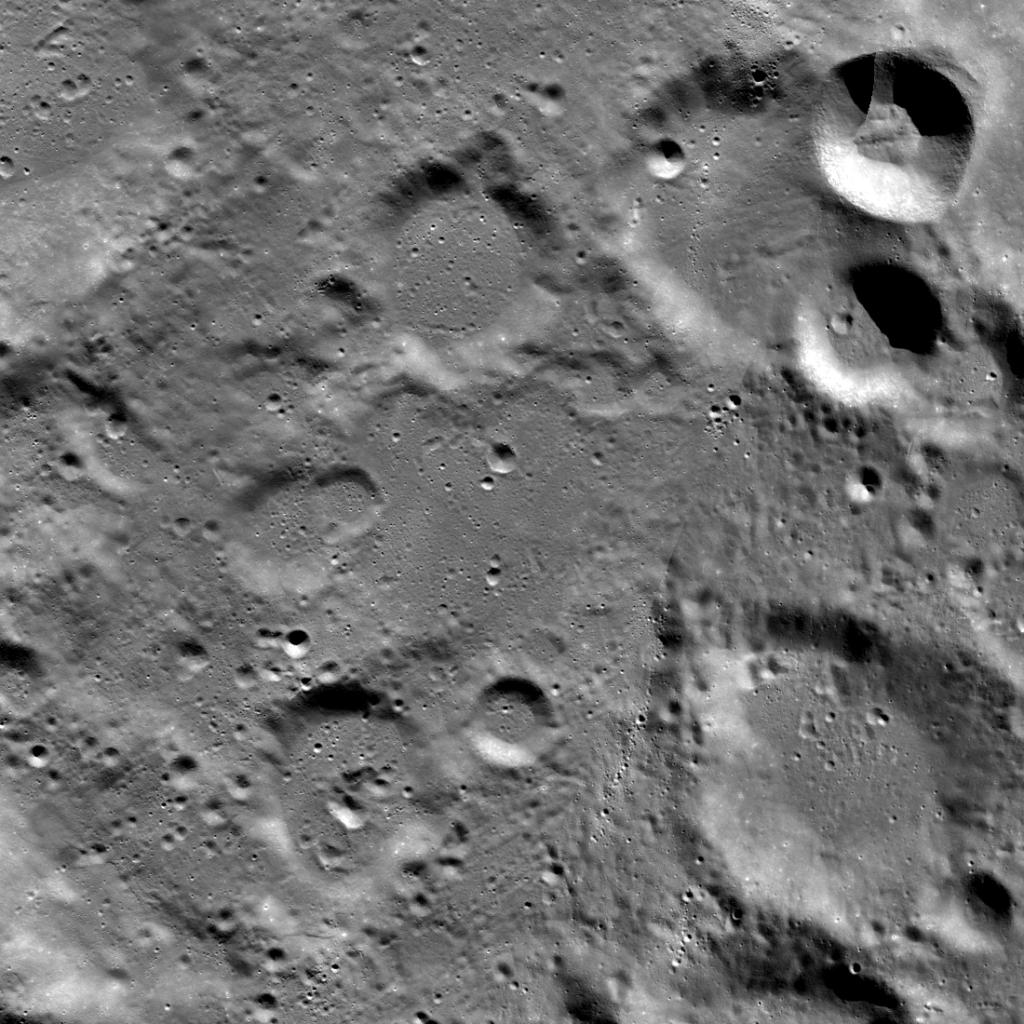
The images released by NASA show the surface of the moon in high resolution. If the Vikram Lander had landed as per the path and trajectory, we could be able to view the lander on the surface of the moon.
As you can observe from the above images, the lunar surface is full of rocks and craters. Hence, the lander could have faced extreme temperatures and crash landed somewhere away from the targeted location. ISRO has appointed a high-level committee consisting of senior officials and they will submit the report with the possible reason for the failure.
The Chandrayyan-2 mission went as planned without any problem. However, the mission control room lost connectivity with then lander when it was just 2 km above the lunar surface. The problem occurred around five minutes before the scheduled descent.
I am taking my blog to the next level with blogchatter’s #MyFriendAlexa
-

 Entertainment7 years ago
Entertainment7 years agoMalayam Actor Dileep Denied Bail In The Actress Assault Case
-

 Entertainment7 years ago
Entertainment7 years agoPuthiya Thalaimurai News Readers – Pictures
-

 Politics5 years ago
Politics5 years agoHowdyModi: Everything you want to know
-

 Entertainment7 years ago
Entertainment7 years agoAparna Balamurali Looks Beautiful In Sarvopari Palakkaran
-

 Entertainment8 years ago
Entertainment8 years agoVishu Celebrations – Suresh Gopi [Images]
-

 Entertainment8 years ago
Entertainment8 years agoHOT: Mollywood’s Most Romantic and Sensuous Lip-Lock Scenes
-

 Entertainment5 years ago
Entertainment5 years agoKaappaan Movie Reviews: Blockbluster or Flop
-

 Entertainment8 years ago
Entertainment8 years agoSaghavu – Madhumathiye Official Video Song – Nivin Pauly and Aishwarya Rajesh




















Gunjan Upadhyay
September 21, 2019 at 10:25 am
It is one of the prestigious Mission by India, Wish everything would have fallen in place at the right time